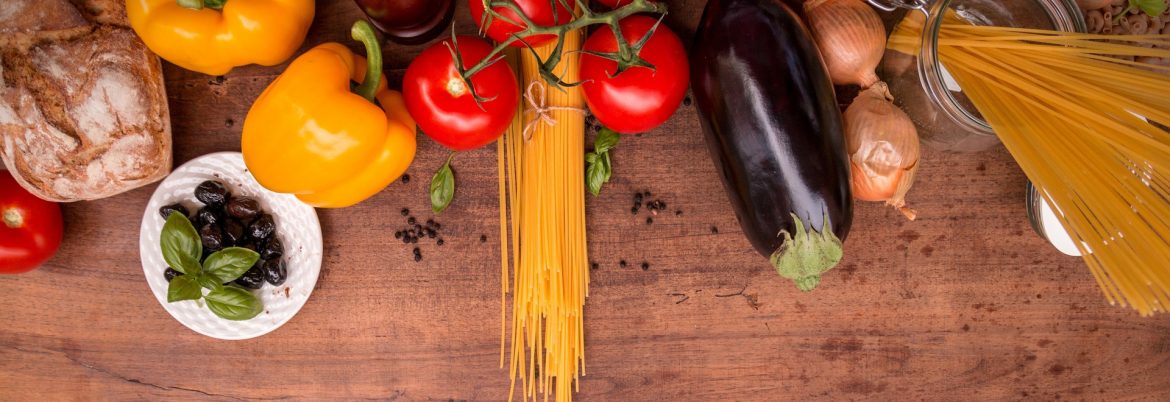Food waste is the number one component found in America’s landfills. And there is a reason for that. More food than we’d like to admit routinely gets tossed in the trash. In fact, 40 percent of all food produced in the United States is discarded. Twenty percent of the food we buy is never eaten.
The National Frozen & Refrigerated Foods Association (NFRA), in partnership with education curriculum specialists Young Minds Inspired (YMI), has developed a No Taste for Food Waste educational program that is addressing food waste by educating future consumers about the problem. Targeted at middle and high school students in family and consumer/environmental science and health classes, the curriculum materials, which include a teacher’s guide, lesson plans, reproducible student activities and more, have been distributed to more than 65,000 targeted educators across the country.
Turning Around the Food Waste Trend
The effects of food waste are astounding – on the economy, it equates to about $218 billion of food lost each year; and on American families, we each toss approximately 300 pounds of food a year, costing a family of four as much $2,200.
“This unique No Taste for Food Waste educational initiative addresses food waste problems in ways that teens, teachers and parents can relate,” commented Skip Shaw, President and CEO of NFRA. “Through interactive activities, we deliver the staggering facts about the economic and environmental impact of the food waste problem, share important food safety information, and provide realistic action plans for what we can all do about food waste in our homes and our communities – including how foods from the frozen and dairy aisles can be part of the solution to turning around the consumer food waste trend.”
As Kids Head Back-to-School Use These Tips to Reduce Food Waste
- Plan meals ahead and use a shopping list – it helps to avoid impulse buys and unnecessary quantities, and you purchase only what is needed.
- Eat what you buy – know portion sizes, don’t prepare too much and always eat leftovers.
- Don’t toss food before it spoils – learn about food expiration dates, and “use by” and “best if used by” dates. Check out the U.S. Food & Drug Administration’s Date Labels on Packaged Foods for more information.
- Consider purchasing more foods from the frozen and dairy aisles! You can use just what you need and put the rest back in the fridge or freezer for the next time; foods are perfectly portioned…no waste; freezing technology and eco-friendly packaging keep cool foods fresher longer, and provide much longer shelf life (and less waste); you are paying for 100 percent edible food.

